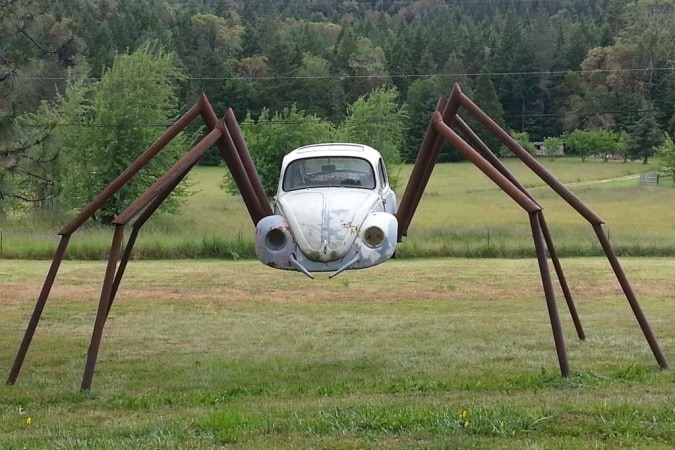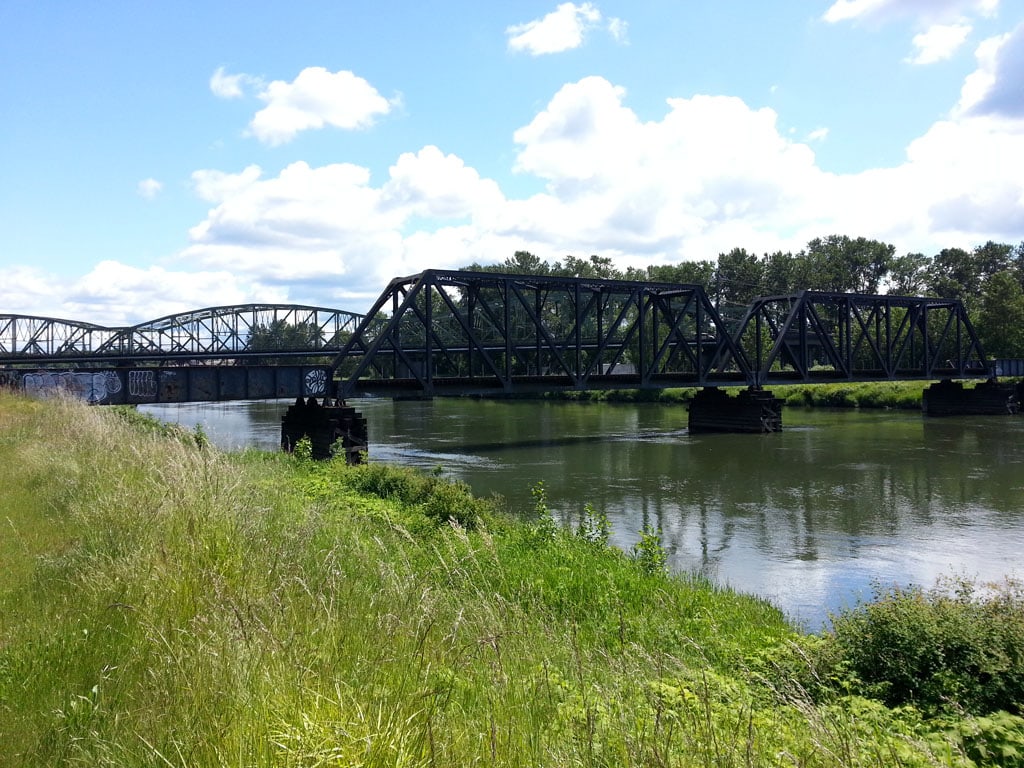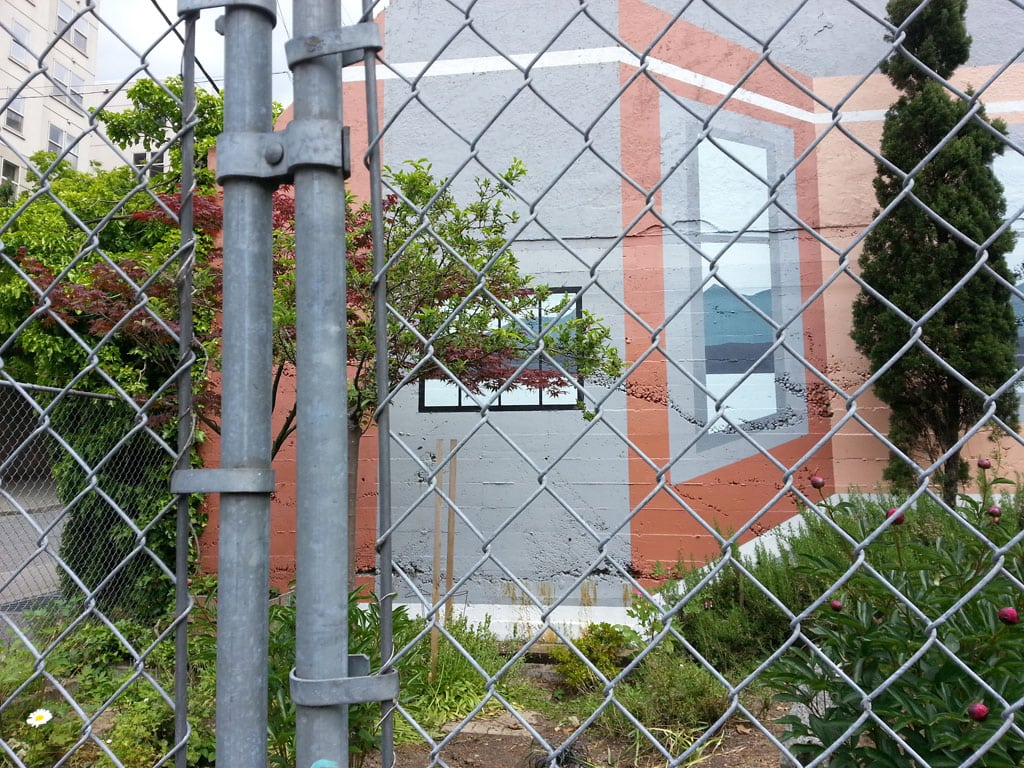Seeing Green
I just finished teaching a documentary studies class at Pierce College here in Washington. I am ready for some serious summertime escapism, now that I’m done with the academic quarter. I left my students with one of my favorite images from my own graduate studies, most of which are fading all too rapidly:
Stan Brakhage (1933-2003), experimental filmmaker, asks us to imagine the act of seeing before we have access to language. He envisions a baby crawling across a field of grass. How many shades of green can the baby see, before he knows the word, “green”? The idea is that before we come to recognize the shades in our crayola crayon box – forest green, yellow green, fern and granny smith apple… there is an infinite sea of green. Language limits us. Brakhage hoped that filmmakers would use the medium to break open our vision and find new ways of seeing.
I find this hard to describe to my students, especially after seeing – last week-end – the new Star Trek movie, Into Darkness, in IMAX 3D. It was a feast of visual pleasures, but also an assault on the senses. I’m not sure that’s what Stan Brakhage had in mind. With their smartphones, tablets, earbuds and tweets – my students are bombarded with images: stills, movement, words and ads filling up multiple screens. And yet they were patient, for the most part, with the documentaries that we screened in class. They came up with cool ideas for their own imagined film proposals. I am inspired by their desire to dive a bit deeper than the superficial screens.

















I love the Stan Brakhage image, “How many shades of green can the baby see, before he knows the word, “green”?” and how language limits us. So true! I will be keeping this in mind. Thank you! Great pictures! ( :
Really enjoyed looking at these, Heather. Also, anytime you have some of Naomi, we’d love seeing more! Steve may have told you that we watched Kyle graduate from Middle School on Thurs., and today we drove to SD for a lovely birthday brunch for Lois Mills. We’re all wishing that some of you, and Blue Jay and Howard could be enjoying some of these events. We are just imagining some of their comments and laughter. Well, keep on keeping on, and our thoughts and good wishes for everybody. Love, –k